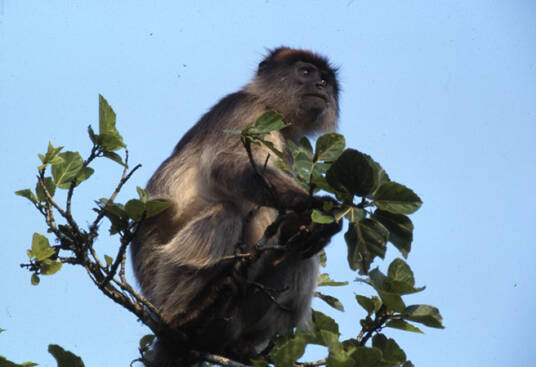
The Niger Delta Red Colobus (scientific name: Piliocolobus epieni) was first discovered by scientists in 1993. At that time, scientists believed it was a subspecies of the Eastern Red Colobus, but in 2007, genetic research upgraded the monkey to an independent species.The Niger Delta red colobus mon...
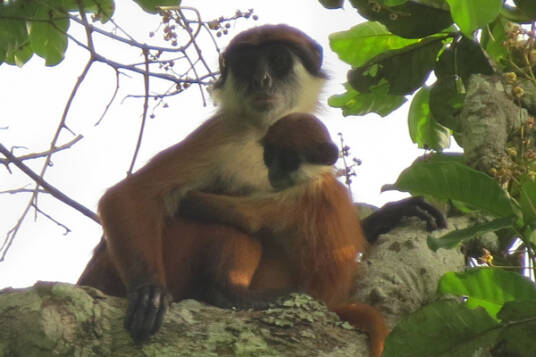
Bouvier’s Red Colobus (scientific name: Piliocolobus bouvieri), also known as Bouvier’s Red Colobus in English, was once a subspecies of the West African red colobus or the Przewalski’s red colobus. It was identified as an independent species in 2013.The Bouvier red colobus monkey is a diurnal an...
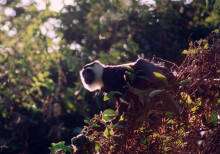
Colobus vellerosus (scientific name: White-thighed Colobus, Geoffroy's Black-and-white Colobus) was originally a subspecies of the West African black-and-white colobus and was confirmed as an independent species in 2003.The family of spotted colobus monkeys is composed of multiple males and mult...
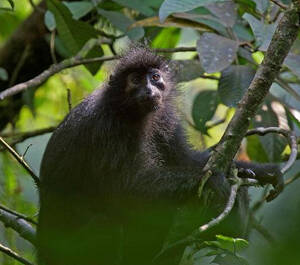
Black Colobus (scientific name: Colobus satanas) is called Black Colobus in foreign language. There are 2 subspecies.Black Colobus monkeys live in the upper and middle layers of the forest and rarely come to the ground. The family consists of an average of 6-15 members, usually including an adult ma...
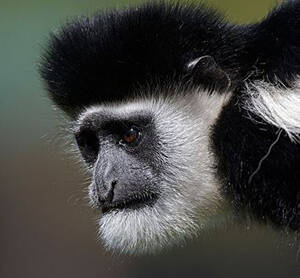
The East African black-and-white colobus (scientific name: Colobus guereza) is also known as Guereza, Eastern Black-and-white Colobus, Magistrate Colobus, and has 8 subspecies.The East African black and white colobus monkeys live in the upper and middle layers of the forest and rarely come to the gr...
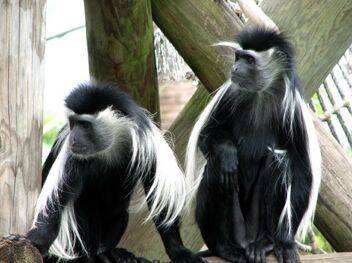
Angola Colobus (scientific name: Colobus angolensis) is also known as Colobus, Angolan Black-and-white Colobus, and Angolan Colobus. It has 6 subspecies.Angola colobus monkeys are diurnal and arboreal species that live in the upper and middle layers of the forest and rarely come to the ground. They...
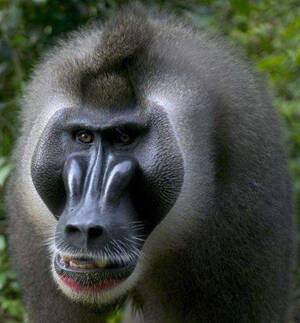
Drill (Scientific name: Mandrillus leucophaeus), also known as Drill in English, is one of the most endangered primates in Africa.Drills usually have about 20 members per group, usually led by a strong male. When food is sufficient, the group may even exceed 100. They move on the ground during the d...

Red-capped Mangabey (scientific name: Cercocebus torquatus), also known as Red-capped Mangabey, has no subspecies and is a medium-sized monkey living in Africa.Red-capped white-browed monkeys live in multi-male and multi-female family groups, with 12-20 individuals in each group. This social structu...
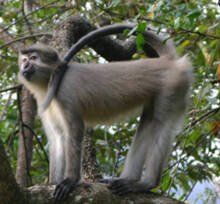
Sanje Mangabey (scientific name: Cercocebus sanjei), also known as Sanje Mangabey, was once a subspecies of Tana Mangabey and was designated as an independent species in 2005.Sanje Mangabey is a diurnal monkey that lives on the ground. Sexually dimorphic behavior patterns: males are more likely to e...
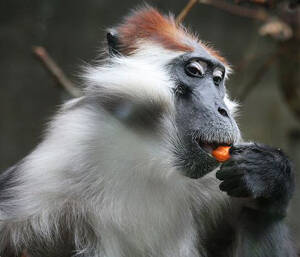
The scientific name of the white-necked mangabey is Cercocebus torquatus, and its foreign names are White-collared Mangabey, Collared Mangabey, Red-capped Mangabey, and Sooty Mangabey. They usually appear in groups with irregular numbers. They usually come out during the day and are most active in t...
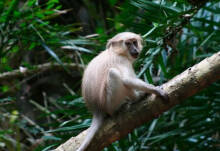
The crested white-browed monkey (scientific name: Cercocebus galeritus), also known as the Tana River mangabey, is a medium-sized long-tailed monkey with no subspecies.The Crested White-browed Monkey is a diurnal monkey species that lives in family groups of about 10 to 36, mostly female groups. It...
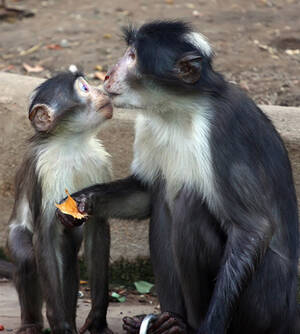
White-naped mangabey (scientific name: Cercocebus atys), also known as Sooty Mangabey in English, is a medium-sized monkey living in Africa.White-naped mangabey lives in multi-male and multi-female family groups, with 15-100 individuals in each group. This social structure results in a promiscuous b...
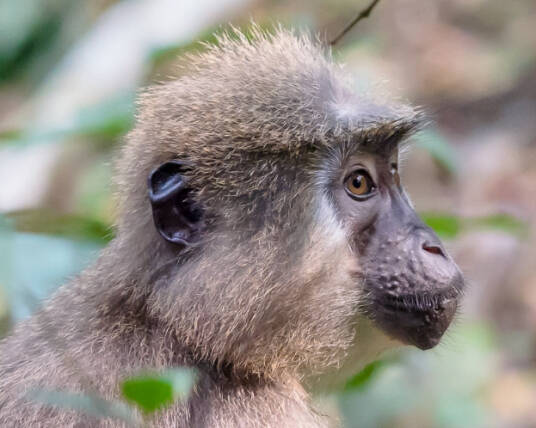
Agile mangabey (scientific name: Cercocebus agilis) is also known as Agile mangabey in English. There is no subspecies.Agile mangabey lives in small groups of about 8-22 individuals, usually led by an adult male. The diet is diverse, including fruits, sprouts, seeds, young leaves, mushrooms and inse...
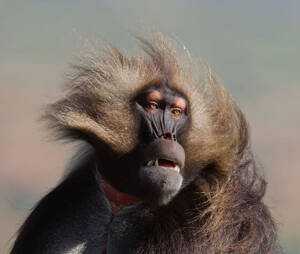
Gelada Baboon (scientific name: Theropithecus gelada) is a large monkey with two subspecies.There is only one species of Gelada baboons in existence, and its distribution is limited to the Ethiopian Plateau, but in prehistoric times, it was once the dominant type on the African grasslands, with many...
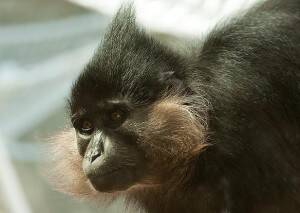
Black Mangabey (scientific name: Lophocebus aterrimus) is a medium-sized arboreal monkey with two subspecies.Black Mangabey lives in groups, usually 9-16 individuals, with multiple males and multiple females forming a family group. Each group lives in a family territory of about 48 to 70 hectares, w...
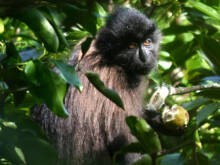
Grey-cheeked Mangabey (scientific name: Lophocebus albigena) is also known as Grey-cheeked Mangabey in English. There are three subspecies.Grey-cheeked Mangabey live in groups, usually consisting of 15 members in a family group, led by a male mangabey. There is a strict hierarchy within the close-kn...
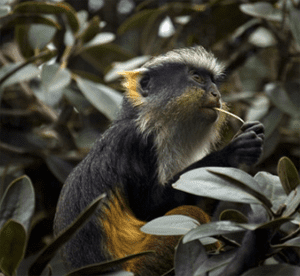
The crested long-tailed monkey Cercopithecus pogonias likes to live in the forest and live in trees for a long time. It is rare to see a crested long-tailed monkey walking on the ground, except for those raised in zoos. The crested long-tailed monkeys seen in China are basically introduced and distr...
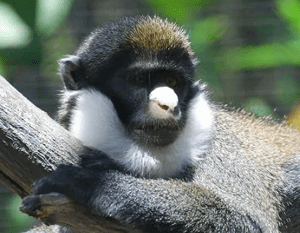
The scientific name of the small white-nosed long-tailed monkey is Cercopithecus petaurista. It eats a variety of plants, mainly fruits, seeds, leaves and young shoots, and sometimes insects. Its hearing, smell, vision and touch systems are all very sensitive and complex, and it is especially famous...
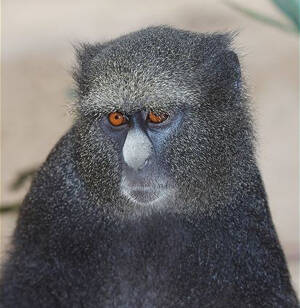
The white-nosed monkey (scientific name: Cercopithecus nictitans) is also known as Putty-nosed Monkey in English. There are three subspecies.The white-nosed monkey is usually social, with 12-30 monkeys forming a group. They are mainly active in the middle canopy and often display acrobatic movements...
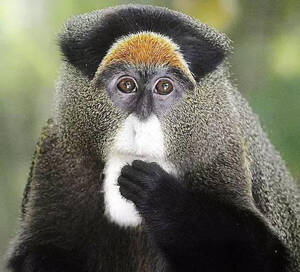
The scientific name of the Cercopithecus neglectus is Cercopithecus neglectus. Because of its excellent tree-climbing ability, even the most agile animals find it difficult to catch it. It feeds on seeds and fruits. It is the only monkey in the family Cercopithecus that uses monogamy.Listed in the &...